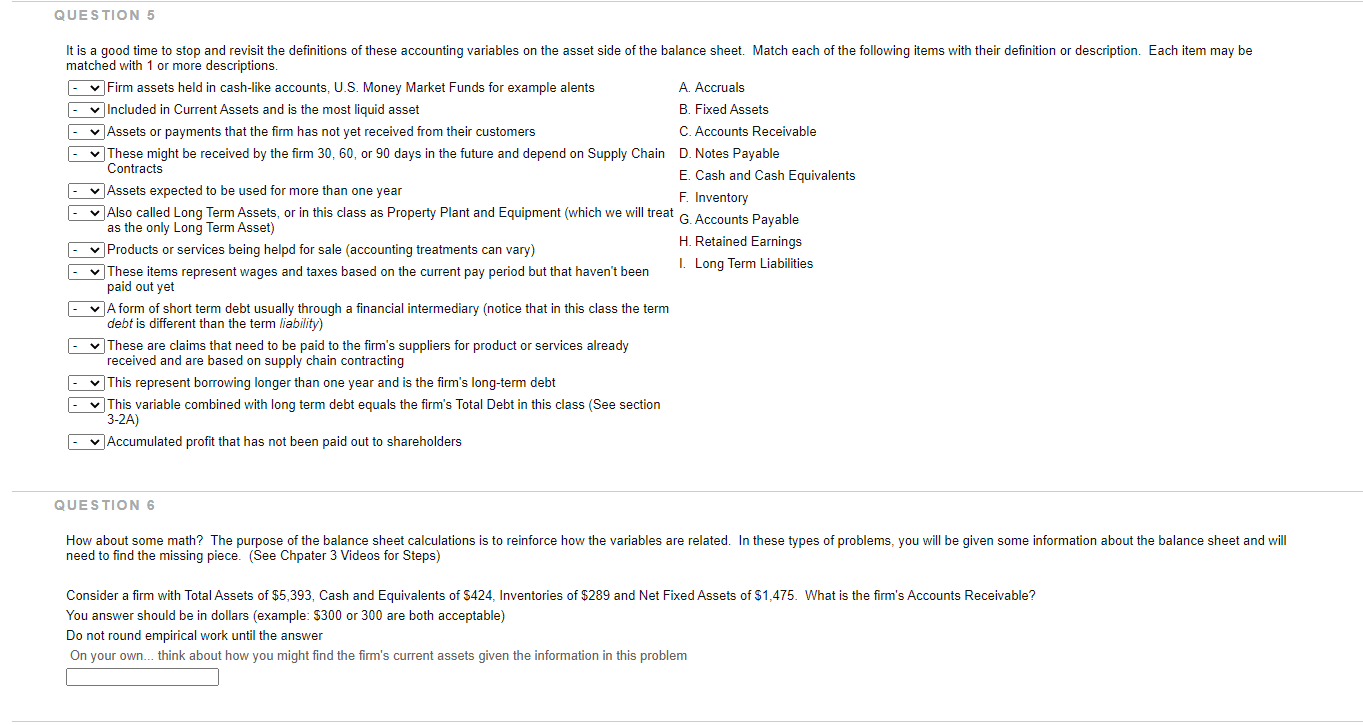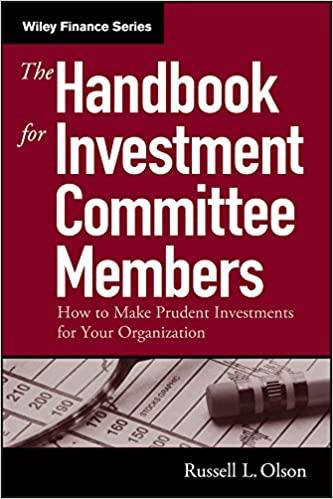

QUESTION 3 We will focus first on the Balance Sheet. See Section 3-2 in the Textbook. There are current items and long term items on both sides of the balance sheet. Which of the following describe the differences between current and long-term? Current Assets and Current Liabilities are assets and claims that will be paid or received within one year Long Term Assets and Liabilities are expected to be used or paid off more than one year O Current Assets and Long Term Assets are assets that will be paid or received within one year Current Liabilities and Long Term Liabilties are expected to be paid off more than one year Current Assets and Long Term Liabilites will be paid or received within one year Current Liabilities and Long Term Assets are expected to be paid or utilized more than one year O Long Term Liabilites will be paid more than one year, but less than Current Assets Current Liabilities are expected to be paid or utilized more than one year, but more than Long Term Assets QUESTION 5 It is a good time to stop and revisit the definitions of these accounting variables on the asset side of the balance sheet. Match each of the following items with their definition or description. Each item may be matched with 1 or more descriptions. v Firm assets held in cash-like accounts, U.S. Money Market Funds for example alents A. Accruals Included in Current Assets and is the most liquid asset B. Fixed Assets Assets or payments that the firm has not yet received from their customers C. Accounts Receivable These might be received by the firm 30, 60, or 90 days in the future and depend on Supply Chain D. Notes Payable Contracts E. Cash and Cash Equivalents Assets expected to be used for more than one year F. Inventory Also called Long Term Assets, or in this class as Property Plant and Equipment (which we will treat G. Accounts Payable as the only Long Term Asset) Products or services being helpd for sale accounting treatments can vary) H. Retained Earnings These items represent wages and taxes based on the current pay period but that haven't been 1. Long Term Liabilities paid out yet A form of short term debt usually through a financial intermediary (notice that in this class the term debt is different than the term liability) These are claims that need to be paid to the firm's suppliers product or services already received and are based on supply chain contracting This represent borrowing longer than one year and is the firm's long-term debt This variable combined with long term debt equals the firm's Total Debt in this class (See section 3-2A) Accumulated profit that has not been paid out to shareholders QUESTION 6 How about some math? The purpose of the balance sheet calculations is to reinforce how the variables are related. In these types of problems, you will be given some information about the balance sheet and will need to find the missing piece. (See Chpater 3 Videos for Steps) Consider a firm with Total Assets of $5,393, Cash and Equivalents of $424, Inventories of $289 and Net Fixed Assets of $1,475. What is the firm's Accounts Receivable? You answer should be in dollars (example: $300 or 300 are both acceptable) Do not round empirical work until the answer On your own... think about how you might find the firm's current assets given the information in this








